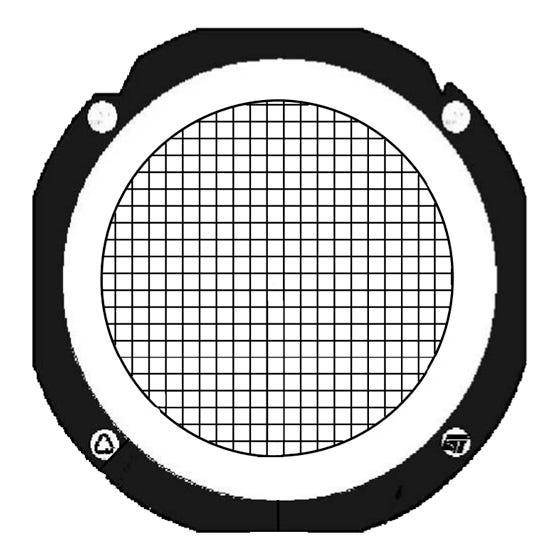📢 $9.99 flat rate shipping in EMEA countries! Ends May 15th - Don't Miss Out!. 🛒 Shop now
Active
ST25TB512-AC6G6
13.56 MHz short-range contactless memory chip with 512-bit EEPROM and anticollision functions
| Operating Temp Min Celsius | -40.0 |
| Operating Temp Max Celsius | 85.0 |
| ECCN US | EAR99 |
| ECCN EU | NEC |
| Packing Type | Not Applicable |
| RoHs compliant | N/A |
| Grade | Industrial |
| Package Name | GOLD BUMPED DICE |
The ST25TB512-AC is a contactless memory, powered by an externally transmitted radio wave. It contains a 512-bit user EEPROM. The memory is organized as 16 blocks of 32 bits. The ST25TB512-AC is accessed via the 13.56 MHz carrier. Incoming data are demodulated and decoded from the received...
Read More
|
| Quantity | $ per unit | Savings |
|---|---|---|
| 1-24 | $0.21 | 0% |
| 25-99 | $0.19 | 0% |
| 100-249 | $0.17 | 0% |
| 250-499 | $0.17 | 0% |
| 500 | $0.17 | 0% |
| 500 + |
Contact sales |
|
| Operating Temp Min Celsius | -40.0 |
| Operating Temp Max Celsius | 85.0 |
| ECCN US | EAR99 |
| ECCN EU | NEC |
| Packing Type | Not Applicable |
| RoHs compliant | N/A |
| Grade | Industrial |
| Package Name | GOLD BUMPED DICE |
The ST25TB512-AC is a contactless memory, powered by an externally transmitted radio wave. It contains a 512-bit user EEPROM. The memory is organized as 16 blocks of 32 bits. The ST25TB512-AC is accessed via the 13.56 MHz carrier. Incoming data are demodulated and decoded from the received...
Read More
|

